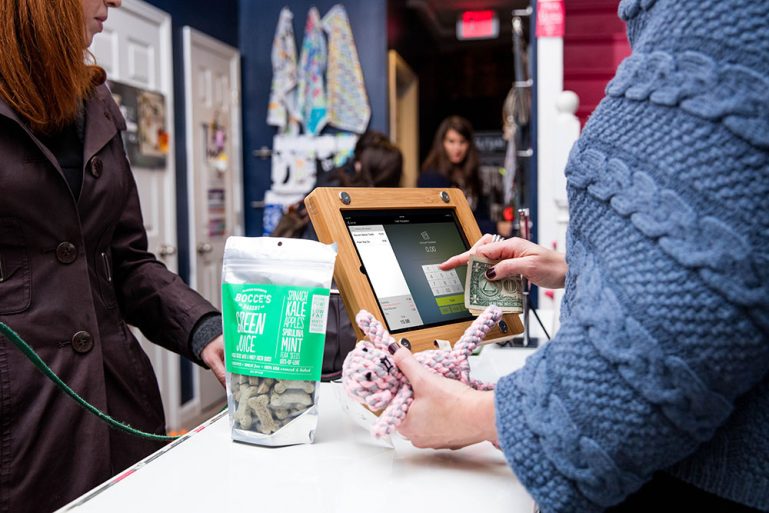
Your Foolproof Strategy to Forecasting Retail Sales
Forecasting retail sales can often feel perplexing. But it doesn’t have to.
Though definitely a tricky feat at times, if approached strategically, sales forecasting has the potential to feel more empowering than overwhelming. The good news is that your POS system has a wealth of knowledge to be leveraged. If your strategy needs a jumpstart or a little inspiration, follow our foolproof plan below to take control of your sales forecasting and reap the largest profit possible from your POS data.
Forecasting Sales Trends
Regardless of the time of year, if you are using a cloud-based POS system, you should be able to easily take a look at your year-to-date sales volume and compare it to last year. Establishing a baseline for the current year’s performance compared to last year’s is a necessary endeavor for forecasting future sales. If your sales are trending downward, do you expect this to continue? Likewise, if your sales are up 20 percent, you need to determine whether or not this trend will continue. Establishing a baseline forecast will help you and your staff understand your goals for the next month or even quarter.

Reviewing Last Year’s Retail Sales
Now that you have a baseline, take some time to analyze last year’s sales and revenue. Create a baseline forecast by applying the same yearly trend you’re experiencing this year to last year’s sales. For example, let’s assume sales this year are up 20 percent compared to the same time last year. Congrats, that’s great! Based on this data, you should assume that your sales for this quarter will be at least 20 percent greater than your sales from this quarter last year. Creating a proper forecast is important in helping you identify the amount of inventory you’ll need and the staff you’ll need to sell it.
SEE ALSO: Using Your POS Software to Show Your Inventory Who’s Boss
Understanding Your Top Selling Items
Now that you have a good retail sales forecast and know what to expect with your sales, it’s time to dig a bit deeper and analyze the data that can help you determine the best strategy for maximizing your revenue. Most POS systems will allow you to quickly pull reports that show your top selling items from the previous year, as well as your sales by department. Analyzing this data will help you understand and make an educated guess on how much inventory to order — and what to order — this year. Are you selling some of the same items? Have they been selling more or less this year? What was the department sales mix like last year? Do you expect the mix to be similar this year? By understanding and forecasting accurately you can order enough inventory to take advantage of any quantity discounts your distributors offer, ensuring you have enough stock to meet your quarterly needs.

Now, Set a Sales Goal and Work towards It!
Now that you’ve leveraged your POS system to forecast your sales trend and maximize your current revenue, it’s time to set your sights higher and aim for the increase in profit you’ve been dreaming of. So how do you do this you might ask? We’re not saying it’s going to be easy, little is simple when running a small business, but putting to work data gained from your POS, and leveraging the integrations and add-ons available to you will allow you the competitive edge over your competition necessary to succeed. The strategy you will take beyond this point will largely be determined by the space or industry your business inhabits and its size.
To get you started leveraging the data you’ve collected from forecasting your retail sales, check out 5 Tweaks to your iPad POS that will Increase Your Sales. Explore a few of these ideas and discover how you don’t have to break the bank to make meaningful impact on your bottom line.
Want to try ShopKeep for yourself?
Just answer a few easy questions.
Need help finding the right point of sale?
Just complete the form. We’ll call you right back to explain how ShopKeep can work for you.
Hit the ground running.Sprinting, in fact!
Read our free, comprehensive guide, Small Business 101, to learn all you need to know about starting a thriving business.

